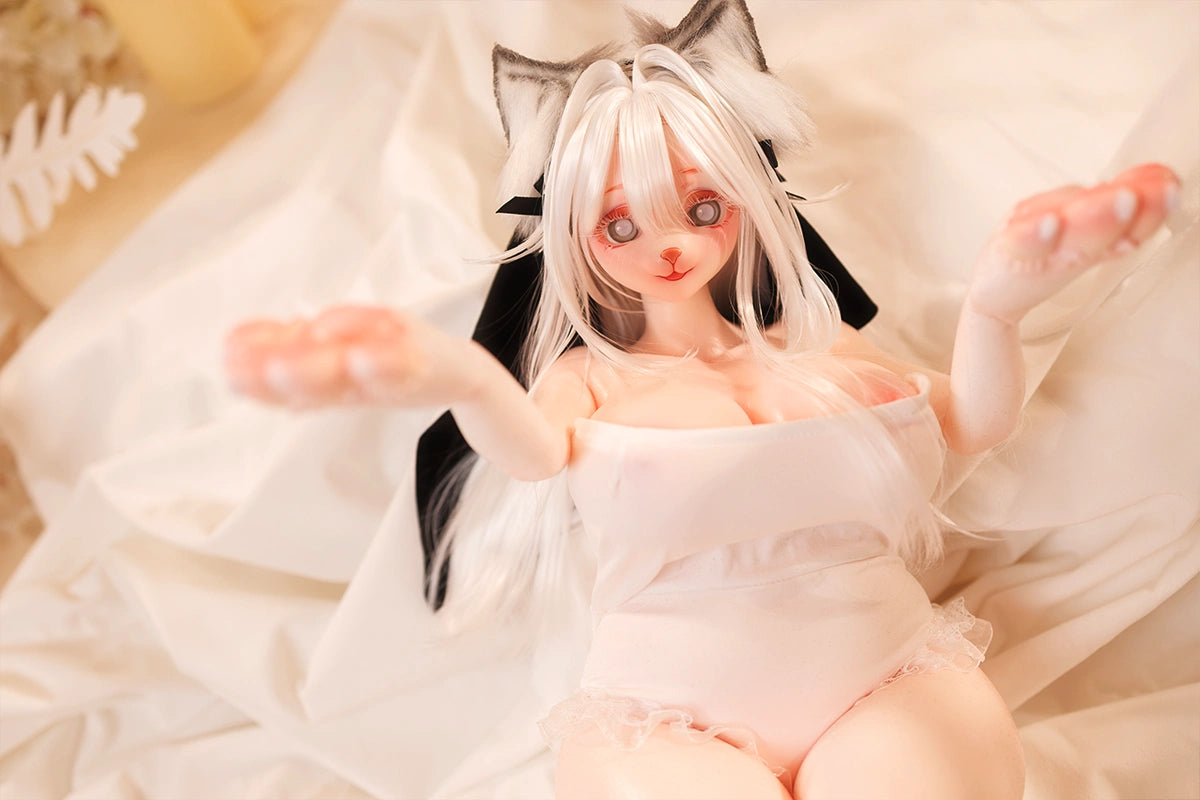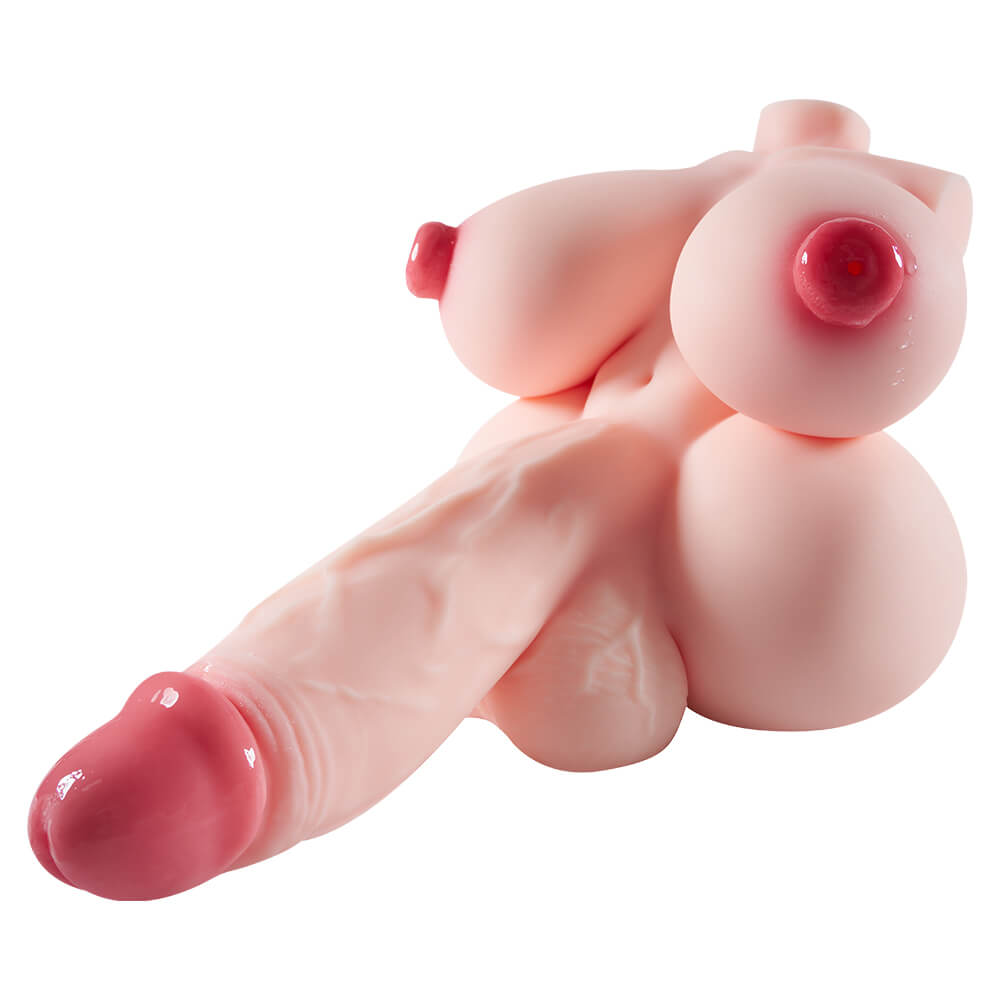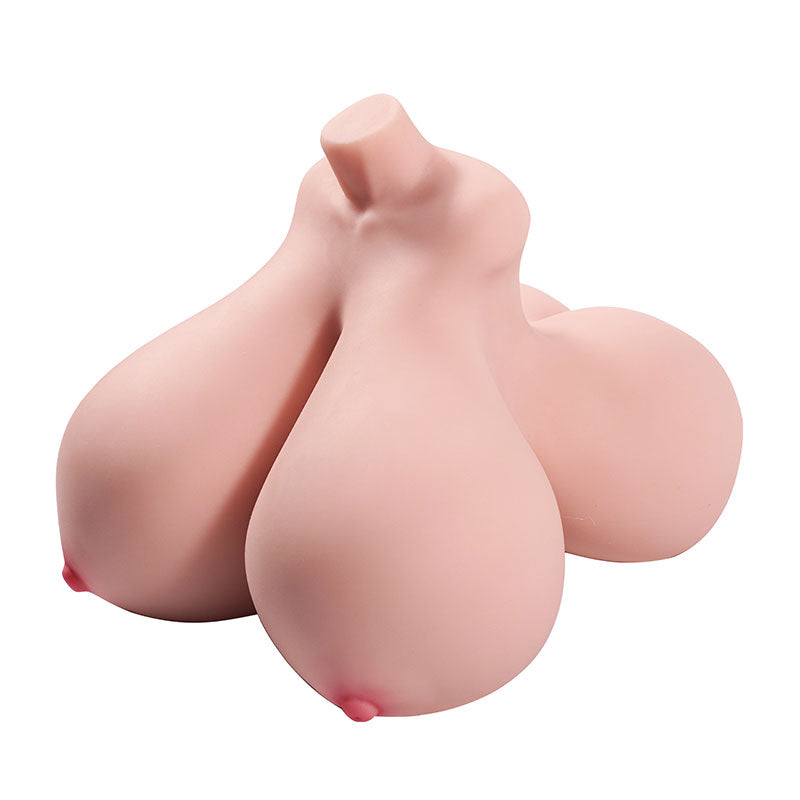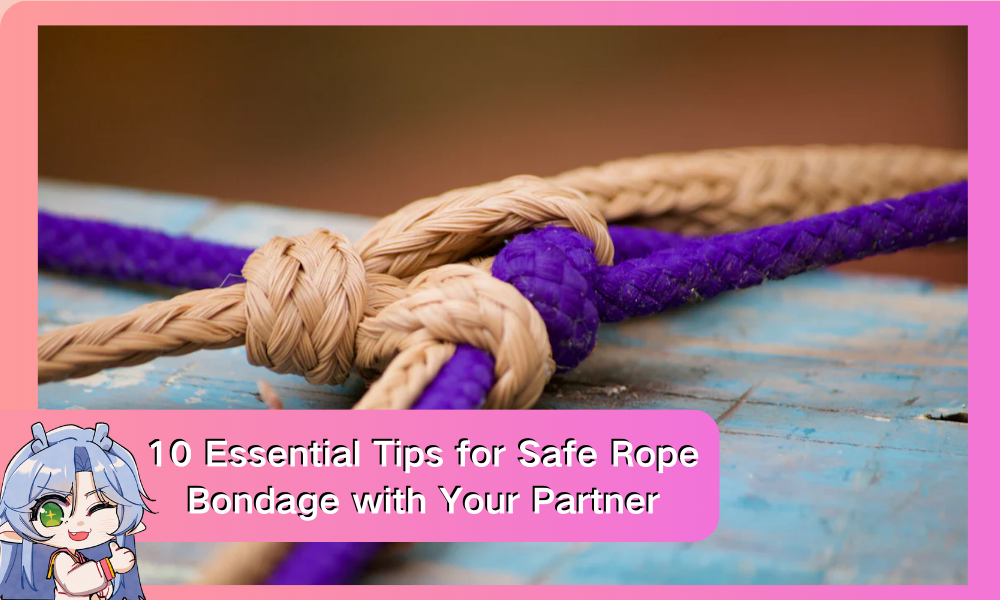10 Essential Tips for Safe Rope Bondage with Your Partner

Image Source: pexels
Understanding Rope Bondage
What Is Rope Bondage?
Rope bondage is an intimate practice that combines physical restraint with creativity and trust. It involves using ropes to bind a partner in various ways, from simple knots to intricate patterns. Beyond physical restraint, many engage in rope bondage to deepen intimacy, explore creative expression, or experience sensation play.
The Importance of Consent and Communication
Consent is the foundation of safe rope bondage. Both partners must willingly agree and openly discuss expectations, boundaries, and potential risks. Clear communication ensures that both participants feel safe and respected. Experts emphasize that "rope bondage is a shared experience, not a substitute for therapy." Prioritize understanding and agreement before beginning.
Preparation
Choosing the Right Rope
Selecting the right rope is crucial for safety and comfort. Here are common rope types and their characteristics:
-
Cotton Rope: Soft, beginner-friendly, and gentle on the skin.
-
Hemp Rope: Flexible yet durable, providing good friction for secure knots.
-
Jute Rope: Lightweight, offers excellent friction, and is preferred for artistic Shibari styles.
-
Polyester Rope: Strong and durable, ideal for advanced techniques like suspension.
When choosing a rope, consider comfort, durability, and safety. The rope should be gentle on the skin, long-lasting, and free from sharp edges or untreated fibers that could cause abrasions.
Setting Boundaries and Agreeing on Safewords

Image Source: unsplash
Discussing boundaries beforehand ensures a comfortable experience. Key questions to ask include:
-
What areas of the body are off-limits?
-
How long should the session last?
-
Are there any physical or emotional concerns?
Safewords provide an immediate way to pause or stop the activity. Many use the traffic light system:
-
Green: Continue
-
Yellow: Adjust or slow down
-
Red: Stop immediately
Creating a Safe Environment
A well-prepared space enhances safety and comfort. Ensure the area is:
-
Private and clutter-free: Minimize distractions and potential hazards.
-
Well-lit: Proper lighting helps ensure secure tying.
-
Equipped with safety tools:
-
Safety scissors: Blunt-tipped and designed for quick rope cutting.
-
First aid kit: Includes bandages and antiseptic wipes.
-
Water and snacks: Helps maintain hydration and energy.
-
Pillows or cushions: Provides additional comfort.
-
Safety Guidelines
Avoiding Circulation and Nerve Issues
Poor circulation can occur if ropes are too tight. Watch for numbness, tingling, or discoloration in the skin. To avoid nerve damage:
-
Do not tie around areas where nerves are close to the surface (wrists, elbows, inner thighs).
-
Use wide, flat knots instead of thin, tight ones.
-
Ensure you can slide a finger between the rope and skin to prevent excessive pressure.
Experts warn, "Nerve damage can heal in an hour, a month, or never." Staying cautious reduces long-term harm.
Staying Sober and Focused
Rope bondage requires full attention. Avoid alcohol or drugs, as they impair judgment and coordination. Both partners should remain clear-headed to ensure safety and effective communication. Minimize distractions, keep devices on silent, and stay present.
Techniques and Resources
Learning Basic Ties
Beginner-friendly ties help build confidence and ensure safety. Start with:
-
Single-Column Tie: A simple and secure method for binding one limb.
-
Double-Column Tie: Binds two limbs together, such as wrists or ankles.
Practicing these techniques before progressing to more complex ties enhances safety and skill.
Aftercare

Why Aftercare Matters
Aftercare ensures emotional and physical well-being following a bondage session. Key steps include:
-
Hydration and nourishment: Provide water and light snacks.
-
Gentle massage: Helps improve circulation and alleviate tension.
-
Checking for marks or discomfort: Address any redness or soreness with soothing touch.
Experts note, "Aftercare reflects the depth of connection with your partner." It reinforces trust and mutual care.
Exploring Alternatives: Hentai Sex Dolls
What Are Hentai Sex Dolls?
Hentai sex dolls are inspired by exaggerated anime aesthetics, featuring vibrant hair and curvaceous designs. Made from high-quality TPE or silicone, they offer a lifelike tactile experience. They serve as tools for both physical exploration and fantasy fulfillment.
How They Complement Rope Bondage
Hentai sex dolls can enhance rope bondage practice in several ways:
-
Risk-free experimentation: Practice knots and restraint techniques without worrying about circulation issues.
-
Exploring new dynamics: Test dominant or submissive roles in a safe and controlled environment.
-
Customizable features: Tailor experiences to unique fantasies without external pressure.
Benefits of Incorporating Hentai Sex Dolls
Hentai sex dolls allow for:
-
Enhanced creativity: Experiment with intricate bondage patterns.
-
Judgment-free practice: Learn at your own pace without external concerns.
-
Eliminating physical risks: Avoid nerve damage and circulation issues while exploring restraint.
FAQ
What type of rope should I use for bondage?
Beginners should opt for cotton ropes for softness and ease of handling. More experienced practitioners may prefer hemp or jute for durability. Polyester ropes are best suited for advanced techniques.
What are the risks involved in rope bondage?
Risks include:
-
Circulation issues: Numbness or tingling due to tight knots.
-
Nerve damage: Pressure on sensitive areas.
-
Emotional discomfort: Unclear boundaries can lead to distress.
Proper knowledge, preparation, and communication significantly reduce these risks.
What should I do if something goes wrong during a session?
If an issue arises:
-
Remain calm.
-
Use safety scissors to cut the rope if needed.
-
Check circulation by assessing skin color and sensation.
-
Discuss the experience afterward to improve future sessions.




















